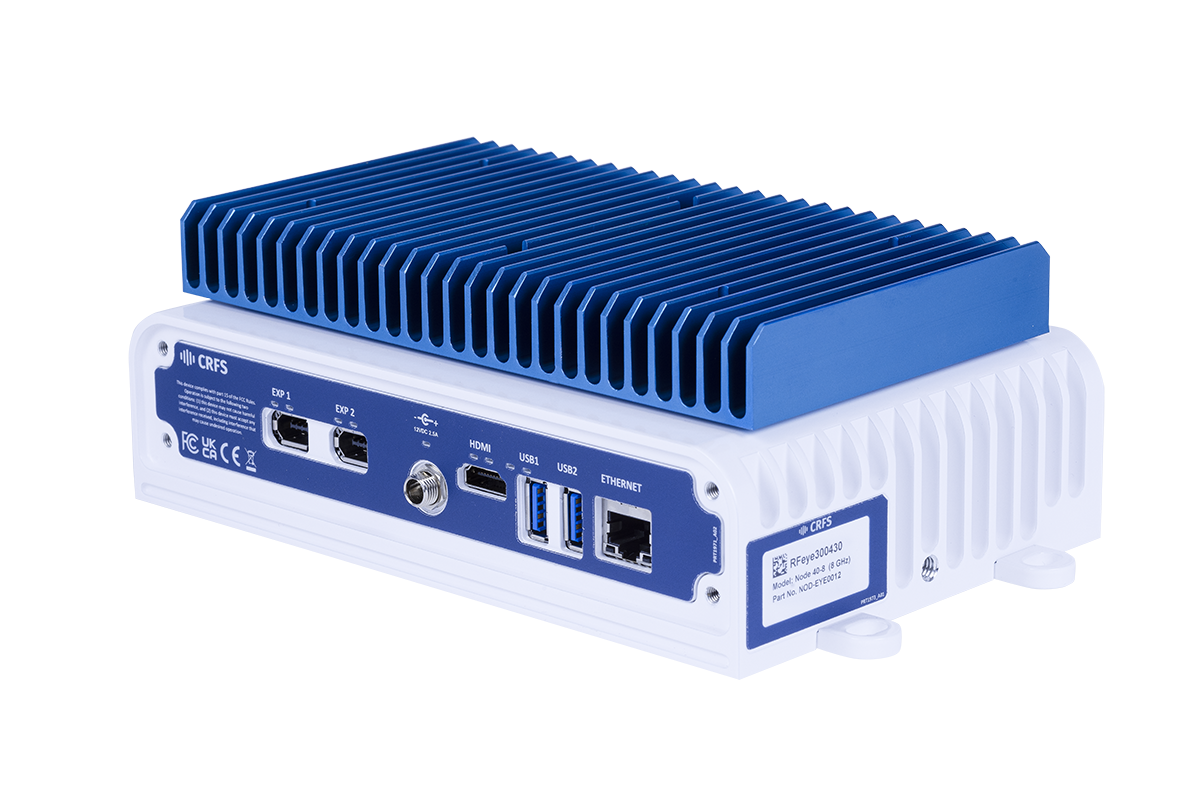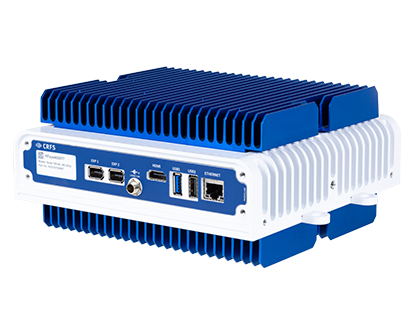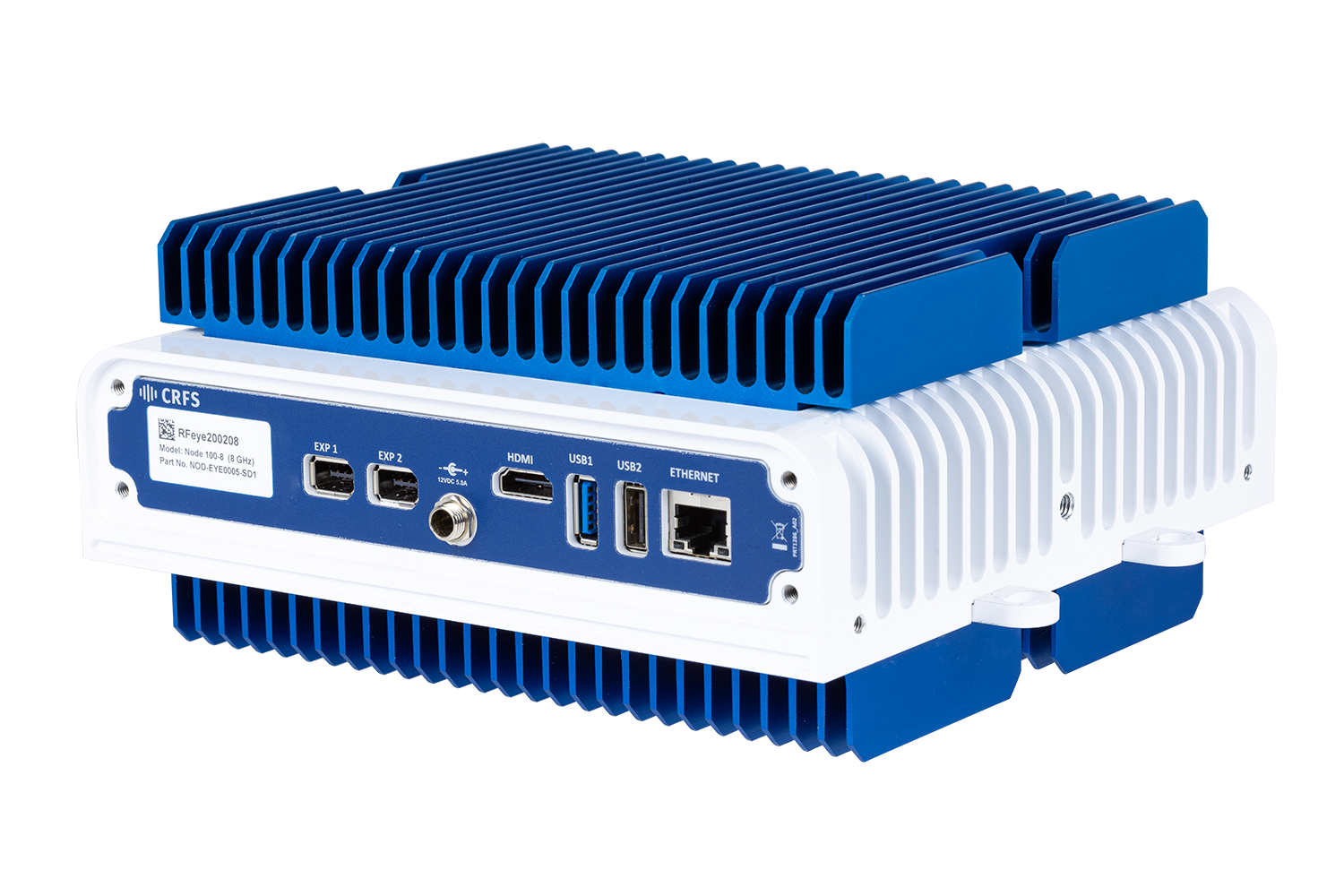Deployment stories
PROACTIVE RF INTERFERENCE HUNTING & DATA COLLECTION


How Rijksinspectie Digitale Infrastructuur embraced effective spectrum monitoring (and caught criminals in the process)
DOMAIN: LandAPPLICATION: Spectrum monitoringCUSTOMER: Regulator
PROBLEM: reactive spectrum monitoring
Rijksinspectie Digitale Infrastructuur (RDI) is the Dutch digital infrastructure inspectorate in charge of regulating and managing the electronic communications and broadcasting sectors.
The agency adopted CRFS technology in 2007, placing its first four RFeye Nodes in vehicles. To begin with, it used these mobile spectrum monitoring solutions reactively to collect data after a problem had been reported.
However, a change in strategic direction meant the agency shifted towards proactive and more efficient spectrum monitoring—it wanted to record the whole spectrum and actively search for problems to investigate before they escalated. RDI also needed to ensure a clean spectrum at large global events in the Netherlands, such as Formula One, the Invictus Games, and world championship football matches.
To achieve its goals, the inspectorate needed many more RF receivers, so it returned to the technology it trusted.

SOLUTION: Unique spectrum monitoring solutions
To efficiently monitor the spectrum at large events, RDI acquired six ruggedized RFeye Nodes 40-8 that were optimized for size, weight, and power (SWaP). Placed around the perimeter of a venue, the RFeye Nodes work together with RFeye Site software—a real-time spectrum monitoring and geolocation toolkit, which proved particularly useful.
For daily spectrum monitoring and data collection, RDI developed its own Mobile Data Collection (MDC) system. This system is fitted in 14 vehicles and two waterproof suitcases for mobile applications (ships, trains). Each MDC system consists of an RFeye Node and additional hardware. The measurement data is stored locally and sent to the headquarters via a 4G modem at night.
Because each MDC system is connected via a 4G modem, the central team can access RFeye Nodes remotely and perform ad-hoc measurements, such as ascertaining the location of specific signals, establishing when signals were created, and mapping the availability or field strength of the network. The team can also carry out TDoA in the broadcast band while vehicles are mobile.
RESULTS: Multiple successes across multiple applications
Actively monitoring the spectrum at large-scale events allowed RDI to ensure the smooth operation of all wireless communications. It now actively prevents interference, ensures optimal spectrum use, and protects emergency services’ communication.
For daily spectrum monitoring, RDI’s fleet of vans housing RF receivers allows it to manage frequency allocation and measure spectrum occupancy across the country. Efficient monitoring and management have led to the agency deriving more economic value through better allocation and fewer disputes.
Due to the low weight and stand-alone capabilities, RDI also uses RFeye Nodes to perform radiation pattern measurements of broadcast towers. The agency previously used a helicopter, but flying close to towers is difficult and dangerous. Drones are more efficient and provide better outcomes as they maintain a position easily in the air, significantly reduce CO2 emissions, and are cheaper, lower risk, and can be deployed much faster.
Catching criminals
RDI mapped cases of GNSS jamming across the whole country. On visiting these locations, the agency realized many sites were connected to illegal activities—criminals using jamming devices to cover up stolen goods with GNSS trackers.
The accidental discovery using a network of powerful receivers led to a remarkable partnership with the Dutch National Police.
Saving the weather forecast
Finding the source of interference for The Royal Netherlands Meteorological Institute’s weather radar system was proving difficult. So, RDI used its network of mobile receivers to gather spectrum data from 20 MHz to 6 GHz and listed the received power versus time and location. Plotting these locations on a map, the agency consulted historical data and matched the frequency on cross-locations. RDI soon found the sources of interference.
Ensuring critical operations
At a chemical plant, a remote-controlled train operating at 400 MHz kept making unsolicited emergency stops. The plant suspected interference on its licensed frequency, so RDI carried out an investigation using an RFeye Node placed on the train. It discovered a local network provider with many transmitters in the area (but no interference).
However, when the train got close, the strong signals from these transmitters overpowered the remote control’s frequency, rendering it ineffective.
RDI proposed a solution to filter out unwanted frequencies and ensure that the train’s receiver focused only on its dedicated frequency—ensuring critical operations at the chemical plant.
Related products
Hardware and software related to this deployment story.

RFeye Node 40-8
A wideband RF receiver to ensure you never miss a signal. The RFeye Node 40-8 provides the latest superheterodyne receiver technology to provide outstanding quality and performance at a highly competitive price.

RFeye Site
RFeye Site is a toolbox to monitor the spectrum in real-time and geolocate signals in complex RF environments.

RFeye Node 100-40
RF receiver with a 100MHz instantaneous bandwidth. Packaged in a lightweight weatherproof rugged form, the Node 100-40 delivers 24/7 365 spectrum vigilance for long-term deployment in harsh environments.

RFeye Node 100-18
The wideband RFeye Node 100-18 is a complete spectrum monitoring and geolocation system. Optimized for size, weight, and power (SWaP), it is simple to connect, power, and network.